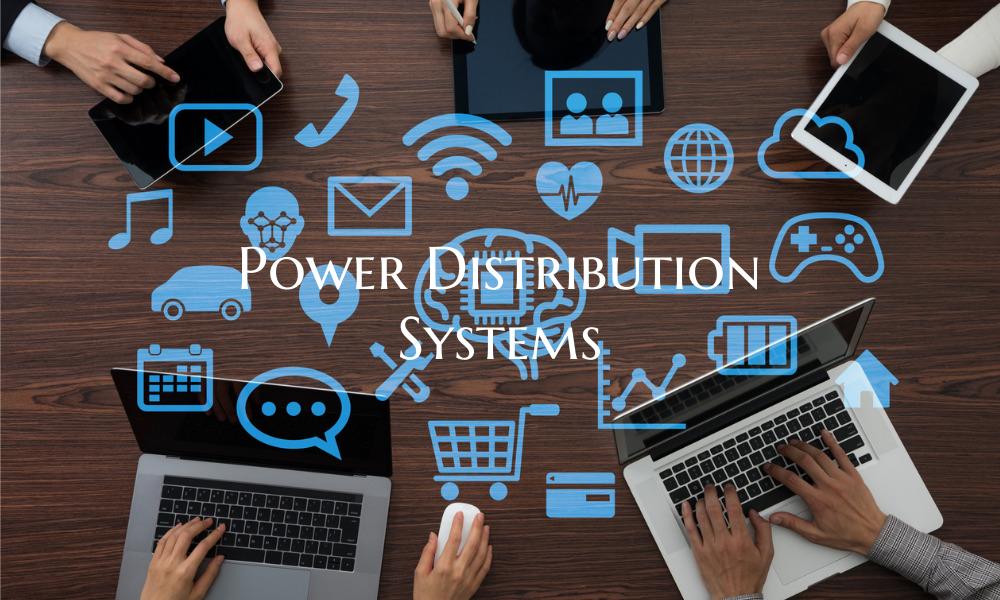Power Distribution Systems
Power distribution systems are essential in ensuring a reliable supply of electricity to residential, commercial, and industrial areas. Understanding the basics of these systems is crucial for ensuring efficient and safe distribution of power to meet the ever-growing demands of society.
1. Components of Power Distribution Systems: - Power distribution systems consist of various components that work together to deliver electricity from the power station to end-users. These components typically include substations, transformers, distribution lines, and meters. - Substations act as an intermediary between the high-voltage transmission lines and the lower-voltage distribution lines. They step down the voltage for distribution to consumers. - Transformers play a key role in changing the voltage levels to ensure efficient transmission and distribution of electricity. 2. Types of Power Distribution Systems: - There are two main types of power distribution systems: overhead and underground systems. - Overhead systems are visible and consist of power lines mounted on poles. While they are cost-effective and easier to maintain, they are vulnerable to weather conditions and external interferences. - Underground systems involve burying power lines underground. Although more expensive to install, they are more reliable and aesthetic since they are not affected by weather conditions.
3. Challenges in Power Distribution Systems: - Power distribution systems face various challenges, including overloading, voltage fluctuations, equipment failures, and natural disasters. - Overloading occurs when the demand for electricity exceeds the system's capacity, leading to potential disruptions and outages. - Voltage fluctuations can impact the quality of electricity supply and damage electronic devices. - Regular maintenance and inspections are essential to prevent equipment failures and ensure the reliability of the power distribution system.
4. Future Trends in Power Distribution Systems: - With the increasing integration of renewable energy sources like solar and wind power, power distribution systems are evolving to incorporate smart technologies for better control and monitoring. - Smart grids enable real-time monitoring of electricity consumption, efficient load management, and improved response to outages. - Energy storage systems are being integrated into power distribution systems to store excess energy and optimize its usage during peak demand periods.
In conclusion, power distribution systems play a vital role in providing a stable and secure electricity supply to consumers. Understanding the components, types, challenges, and future trends in power distribution systems is essential for ensuring a reliable and sustainable energy infrastructure. By embracing new technologies and best practices, we can enhance the efficiency and resilience of power distribution systems to meet the evolving needs of our society.

